The Story of Sakui Coffee beans the characteristics of Ethiopian Sida Mohambela Coffee 6.0 Coffee in the New season
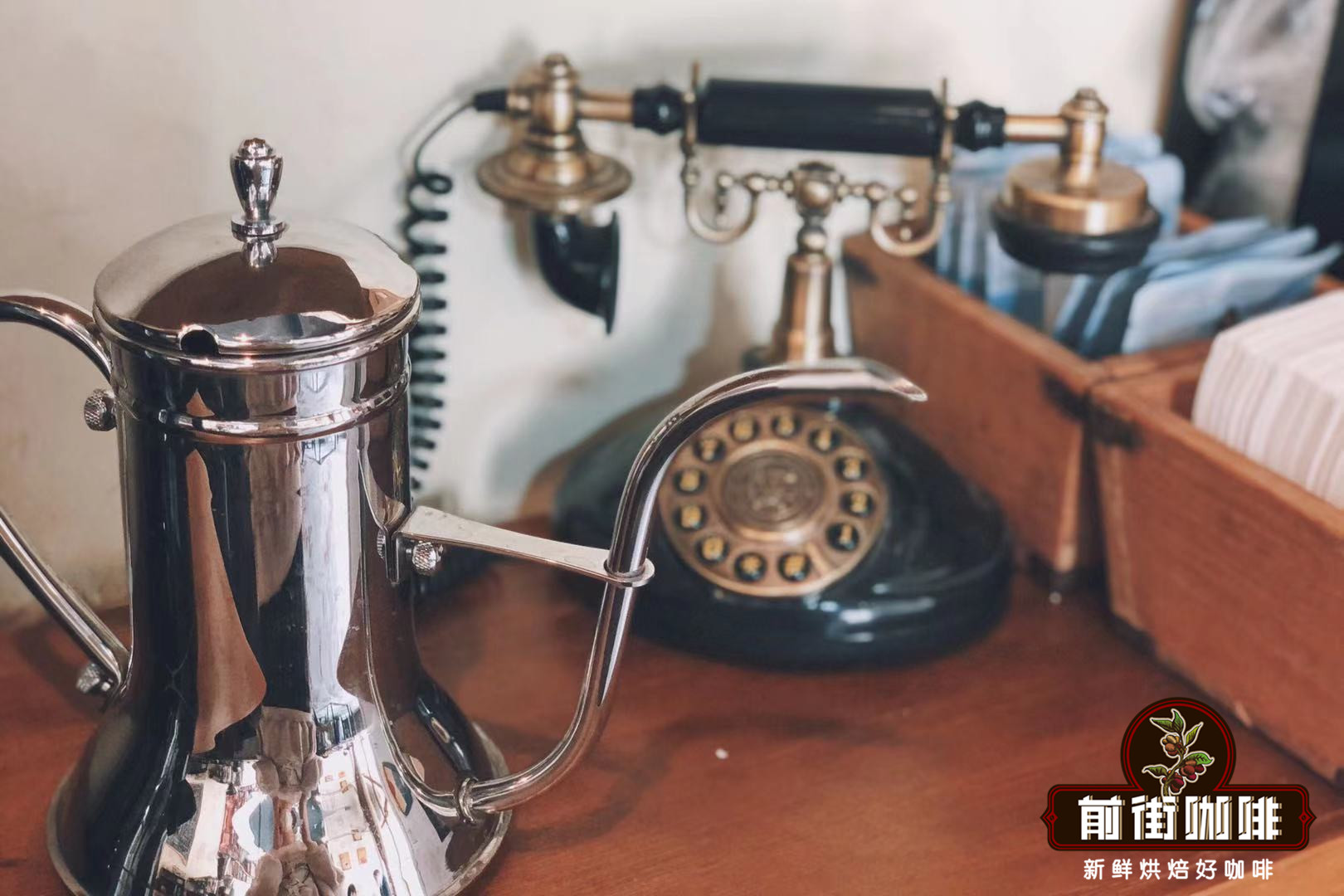
When it comes to Ethiopian coffee, everyone's first reaction must be Yega Xuefei coffee beans, but a few years ago, a coffee bean from the Sidamo region of Ethiopia was known by coffee lovers all over the world for its unique strawberry cream flavor. It is Sakui Coffee, so why is it called Sakui Coffee? Well, in this next article, Qianjie Coffee will come to popular science about the story and flavor characteristics of Sakui Coffee. Why is the coffee called Huakui?
Sakuran, literally, is a coffee bean full of fragrant flowers. In fact, the flower aroma of Huakui coffee beans is not strong, but more fruity, such as passion fruit, strawberry, mango, jackfruit, citrus. In February 2017, a tanned coffee from the Humbera Buku Abel processing plant won the Ethiopian Raw Bean Competition (Ethiopia National Taste of Harvest Competition). Strictly speaking, only the sun-tanned coffee processed by the Buku Abel processing plant in 2017 is the "Sakuran", so the Buku Abel processing plant is also known as the "Sakuran Manor".
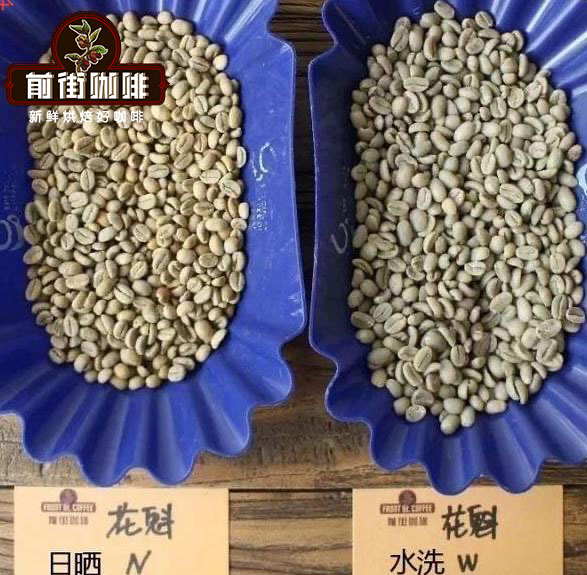
Four months later, Li Jianfei became the runner-up in the finals of the World Coffee Brewing Competition in China. The result of the competition caused a sensation because it broke Rosa's monopoly in the brewing competition and became the only coffee that could compete with it.
Huakui Coffee has a history with Rosa, but except for the encounter in 2017, Huakui Coffee and Geisha (Rosa) Coffee are no longer opposite each other on the frontal battlefield.
Why are there so many versions of Huakui Coffee?
However, Qianjie Coffee should emphasize that if you want to understand Sakui Coffee in a narrow sense, it can only be called Sakui Coffee when the 17-year champion of TOH tanning Group enters China. Of course, it would be a pity if such a wonderful name were a flash in the pan, so Beijing Hongshun continued to introduce coffee beans from the "Buku Abel" processing plant in Humbera, which are called Sakuran 2.0, Sakuran 3.0, Sakuran 3.1. To distinguish between previous Sakuran coffee and represent different batches or seasons.
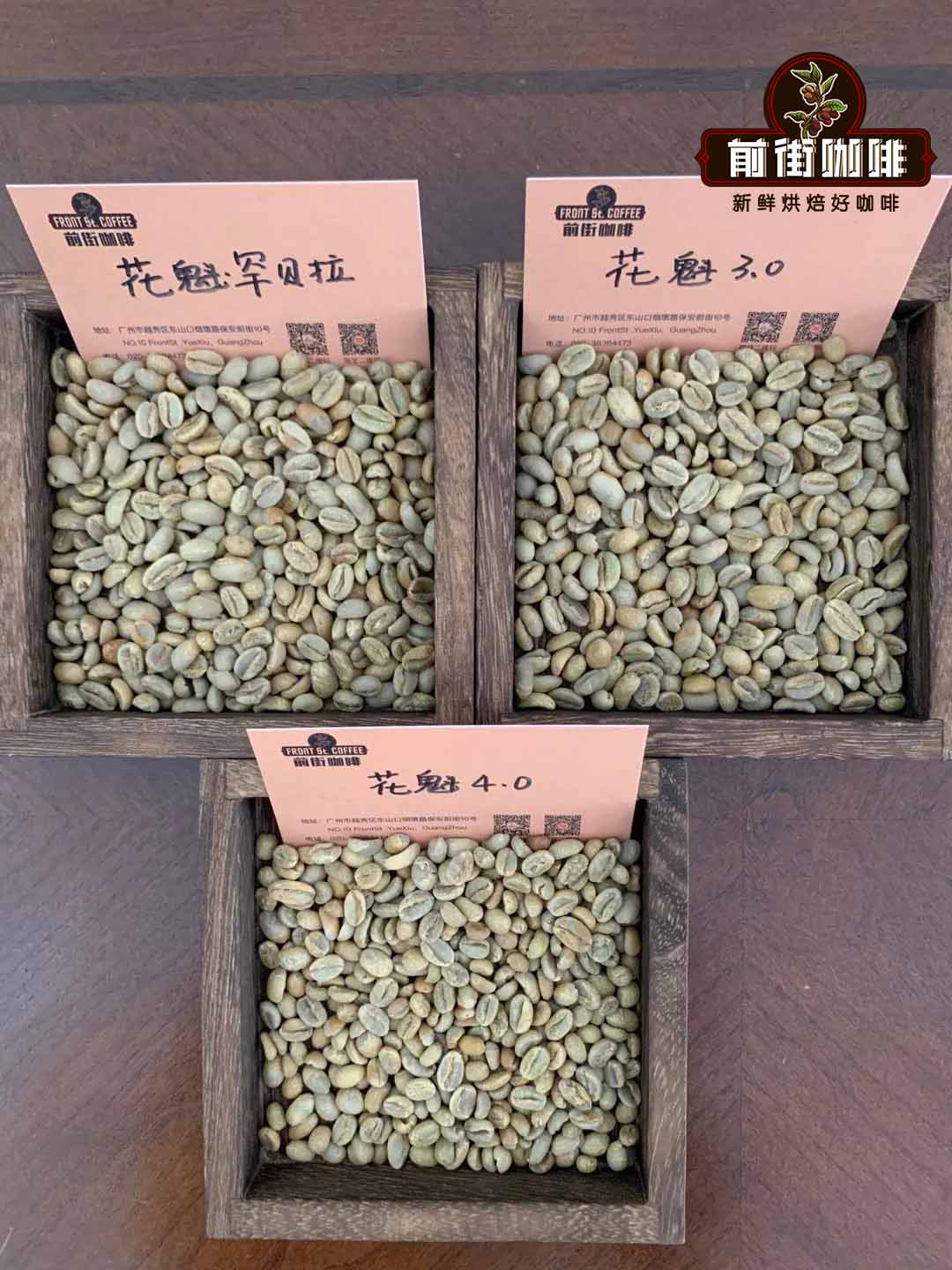
The Sakui produced in the new season in 2020 is named Sakuran 4.0, and the Sakui in the new season in 2021 is called Sakui 5.0.
In 2020, the fourth year of the Sakui coffee bean, the area of its production area has expanded several times, so it is not easy to tell which batch of Sakui is from the buku processing plant, so it will not worry about these details by 2021.
At least for now, Qianjie believes that to identify whether Sakui coffee is not, we should check whether it is imported through raw bean trader Hongshun. So if you pay attention to the roasting of foreign coffee, you will find that foreign countries do not know Sakuran only know Hambella.
Qianjie Coffee Ethiopia Sakuran 4.0
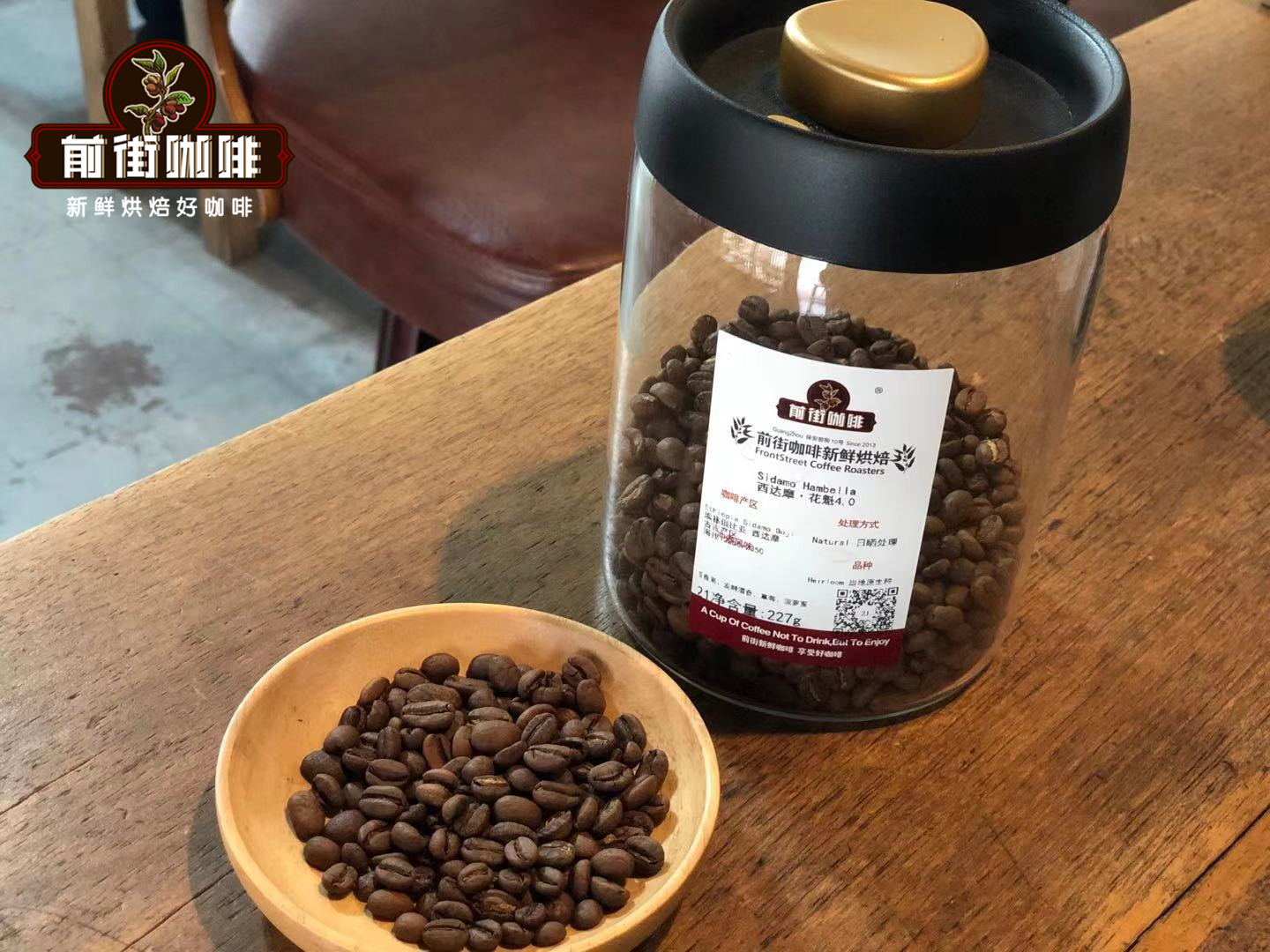
Country of origin: Ethiopia
Producing area: Gujimbela producing area of Sidamo
Processing plant: Booku BUKU
Altitude: 2350m
Variety: Dega
Treatment: insolation
This year's Sakui coffee is still from the Bucu processing plant. Buku Abel means "NEW" in Ethiopian local language. in this ancient country of more than two thousand years, with a population of 100 million, it blocks access to Asia through the Great Rift Valley of East Africa, but new virgin land is still waiting to be developed on this plateau from time to time. Compared with the millennium culture, this is a rather newly developed land.
Buku Abel is a high-altitude primitive tribe located in southeastern Ethiopia and located in the Hambella region of Guji, with a population of about 30,000. this small village, like most Ethiopian coffee gardens, grew up in wild primeval forests, where coffee farmers passed on from generation to generation and planted native bananas and interspersed local native coffee trees in banana trees.
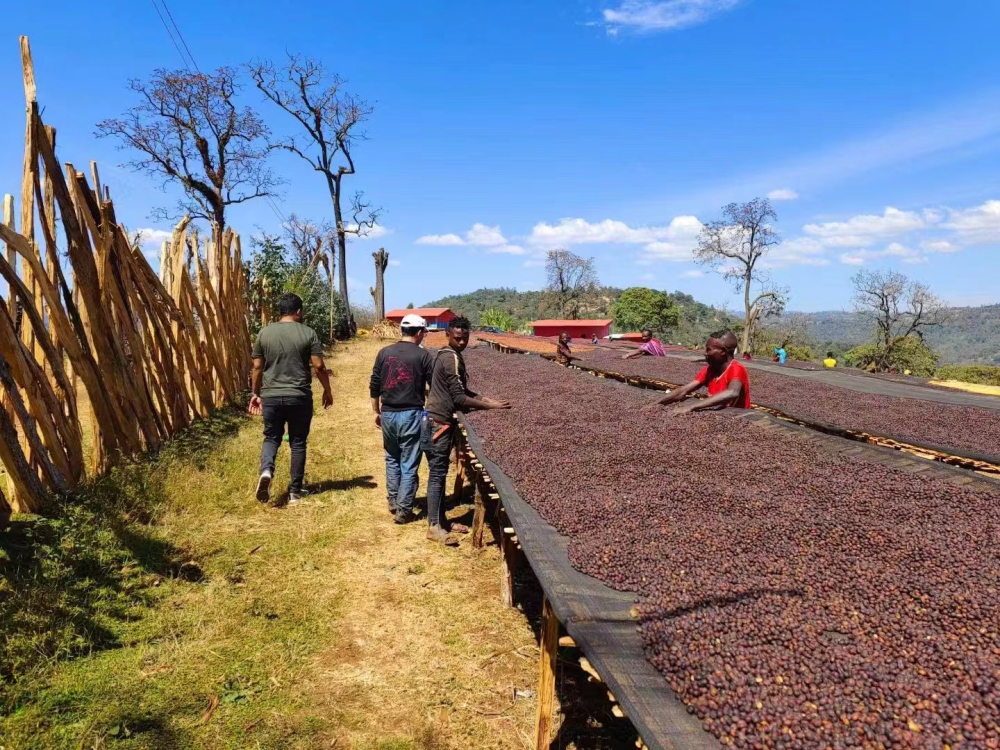
Dega coffee bean variety
This year, Ethiopia held the Cup of Excellence Cup for the first time ("CoE" for short), in which the top 28 coffee varieties were classified in unexpected detail. Dega, ranked 21, has two very different versions of its name. In one version, it is said that Dejia's name comes from a kind of sparkling wood, and the aroma of Dejia when baking is very similar to the burning aroma of this sparkling wood. Another version explains that Dejia dega is the Ethiopian root for "highlands and shady places", while Dejia often grows up at high altitudes. It is a pity that Dejia was not among the top 14 in this COE competition, so he did not collect the relevant flavor description. And this time Qianjie Coffee Sakuran 4.0 is the Dega variety of coffee beans.
Qianjie Coffee Ethiopia Sakuran 5.0 Coffee beans
Production area: Sidamo Gujimbela production area treatment Plant: Bucu BUKU altitude: 2350m varieties: local native species treatment method: solarization

Roasting Analysis of Qianjie Coffee
Qianjie Coffee will look at the flavor description provided by raw beans, and look at the moisture content of beans. The raw beans just got have the fermented wine aroma of coffee flowers, which is completely different from that of ordinary raw beans. For Huakui coffee beans in the new season, due to the high moisture content, Qianjie lengthens the dehydration time before the start of baking, heats up before an explosion, and tries to retain the loss of small molecules such as floral fragrance.
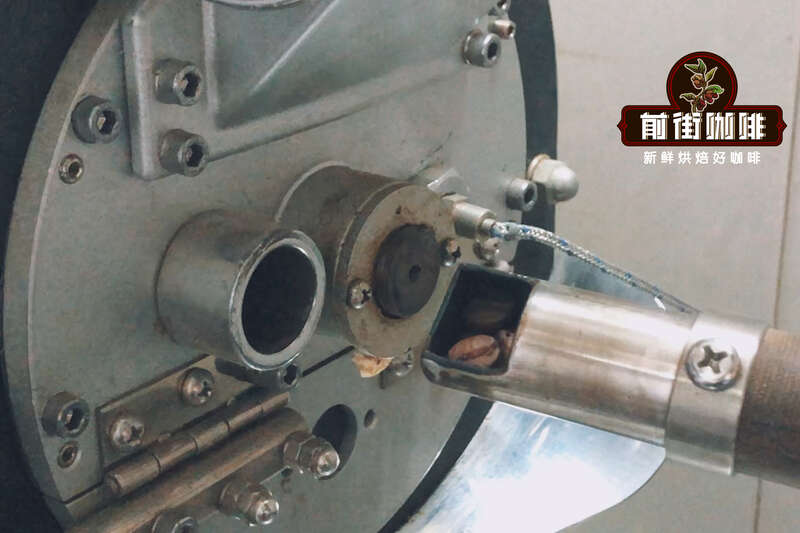
Qianjie coffee uses Taiwan's Yang family 800N machine, 190 degrees into beans, nearly 6 minutes to complete dehydration and yellowing. (the yellow point is about 150-153 degrees) the development time after the explosion begins in more than 9 minutes and 50 minutes (the explosion of Huakui is later than that of ordinary beans, and the sound is very weak). It is recommended that the development time after the explosion should not exceed 1 minute and 30 seconds, nor less than 1 minute. (it is recommended to open the throttle to reduce the fire to control the speed.) the sampling spoon can smell strawberry jam at about 193 degrees, and the overall time to put the beans out of the pot should be controlled within 11 minutes.
Qianjie coffee brewing and sharing
In order to fully extract the rich layering of Huakui coffee beans, Qianjie uses higher water temperature and finer grinding degree for extraction, but in order to avoid over-extraction caused by high temperature, faster filter cups such as V60 filter cups will be used. The V60 filter cup is in a 60 °cone shape, and the tapered angle allows the coffee powder to be distributed centrally, and when water is injected, the water can automatically converge to the center of the filter cup to ensure that the contact time between the water and the coffee powder is sufficient, so that the appropriate coffee liquid can be extracted. In addition, the ribs on the inside of the body of the V60 filter cup extend clockwise from the bottom to the top, so that there is enough space between the filter paper and the filter cup, so that the flow of water is good. Coupled with the large holes in the bottom, the flow velocity is relatively faster than that of many filter cups.
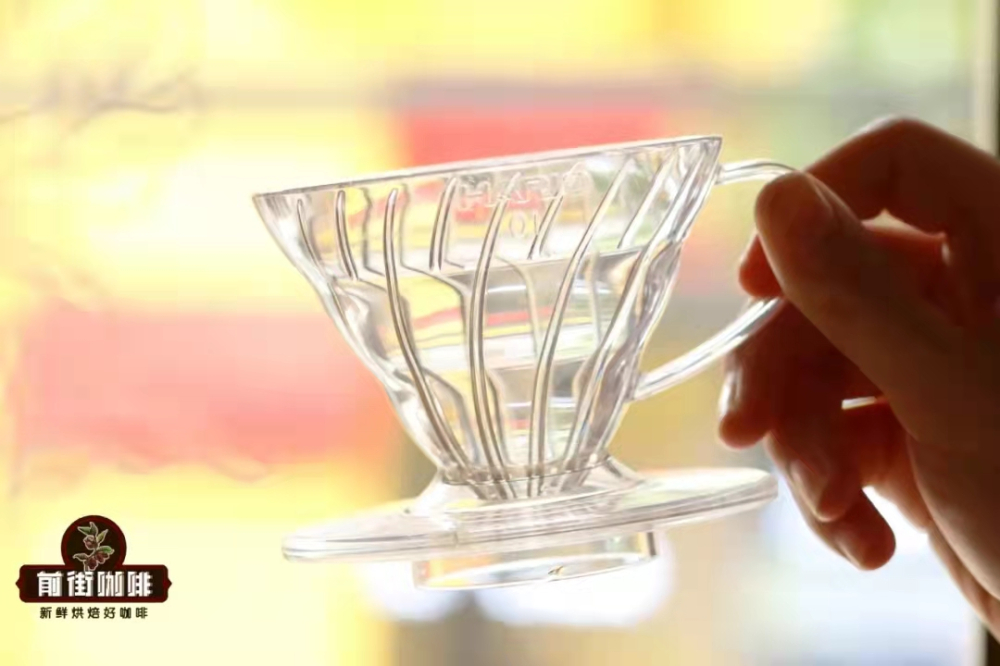
The best drinking time for Huakui coffee beans is 7-30 days after baking. Qianjie and Qianjie are well aware that the freshness of coffee beans has a great impact on the flavor. The purpose of Qianjie roasting is "freshly roasted coffee", so that every guest who places an order is the freshest coffee when he receives it. The coffee beans shipped from Qianjie Coffee are all roasted within 5 days, so it is the best time for customers to get them.
Cooking parameters: V60 filter cup, water temperature 90 ℃, ratio of water to powder 1:15, powder quantity 15g, grinding degree (pass rate of China No. 20 standard screen 80%)
Using the three-stage brewing in front of the street, first preheat the coffee pot and filter cup, pour in 15g coffee powder and gently pat flat. Inject 30 grams of water for steaming for 30 seconds, it is not recommended that the steaming time is too long, it is easy to feel astringent.
In the second stage, 120 grams of water is injected outward around the concentric circle in the center, and the injection time is about 1 minute. When the powder bed is about to be seen, the last section is injected, 90 grams of water is injected in the same way, and the filter cup is removed after all the water flows into the lower pot. Finish the extraction, and the cooking time is 2 minutes 05 seconds.
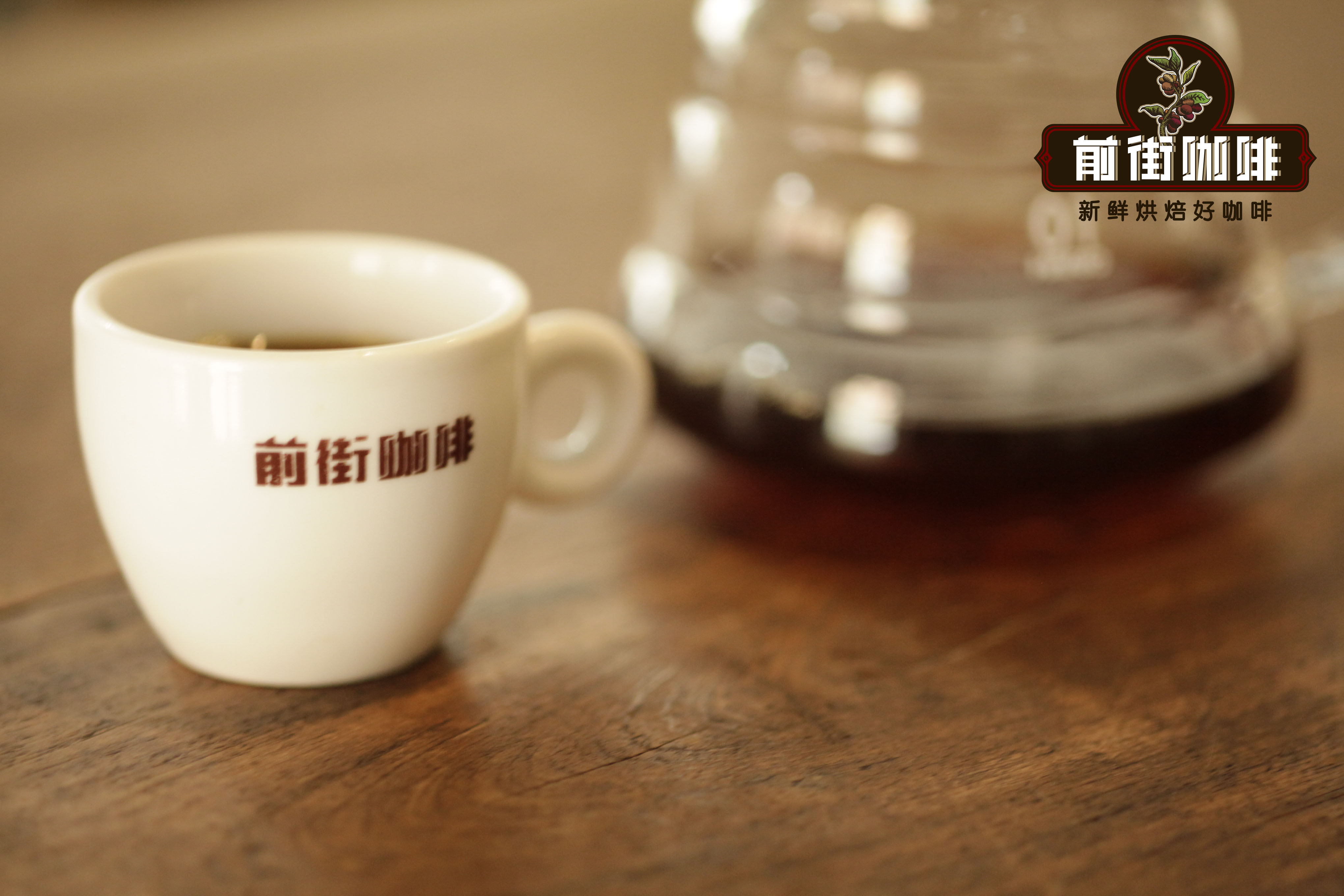
Huakui coffee taste: citrus acid, strawberry juice fullness, lemon black tea, long-lasting sweetness.
Professional coffee knowledge exchange more coffee bean information please follow the coffee workshop (Wechat official account cafe_style)
For more boutique coffee beans, please add private Qianjie coffee on Wechat. WeChat account: kaixinguoguo0925
Important Notice :
前街咖啡 FrontStreet Coffee has moved to new addredd:
FrontStreet Coffee Address: 315,Donghua East Road,GuangZhou
Tel:020 38364473
- Prev
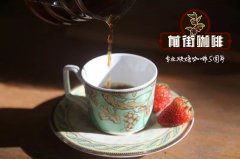
Must see! Seven tips for brewing boutique coffee beans what should you pay attention to when brewing boutique coffee?
Professional coffee knowledge exchange more coffee bean information please follow the coffee workshop (Wechat official account cafe_style) Coffee is a man's friend, like to drink and know how to drink are two different things. Last time I shared 8 cold knowledge about boutique coffee with you. Want to improve the taste of the whole person PACKAGE? This time, the barista taught you 7 tips for self-brewing. As a coffee maker, you can't.
- Next
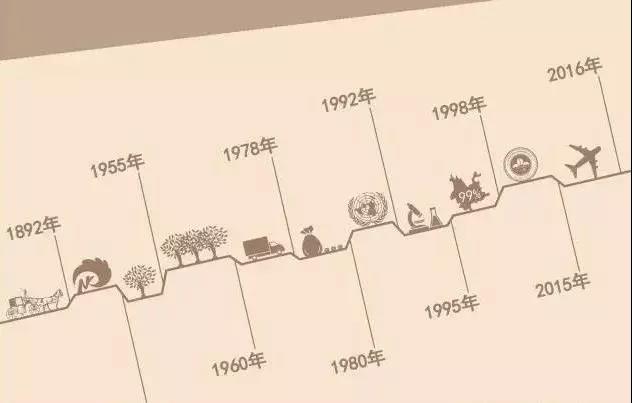
Yunnan Baoshan iron pickup | Chinese Yunnan small grain coffee Baoshan old variety iron pickup
The history of coffee cultivation in Yunnan can be traced back to 1892. A French missionary brought coffee to Yunnan from abroad and successfully planted it in a valley in Binchuan County, Yunnan Province. the main variety is Iron pickup, the so-called small-grain coffee, commonly known as Yunnan small-grain coffee. Yunnan small grain coffee, Rubiaceae, coffee genus, the planting area is mainly distributed in Lincang, Baoshan, Yunnan, China.
Related
- Detailed explanation of Jadeite planting Land in Panamanian Jadeite Manor introduction to the grading system of Jadeite competitive bidding, Red bid, Green bid and Rose Summer
- Story of Coffee planting in Brenka region of Costa Rica Stonehenge Manor anaerobic heavy honey treatment of flavor mouth
- What's on the barrel of Blue Mountain Coffee beans?
- Can American coffee also pull flowers? How to use hot American style to pull out a good-looking pattern?
- Can you make a cold extract with coffee beans? What is the right proportion for cold-extracted coffee formula?
- Indonesian PWN Gold Mandrine Coffee Origin Features Flavor How to Chong? Mandolin coffee is American.
- A brief introduction to the flavor characteristics of Brazilian yellow bourbon coffee beans
- What is the effect of different water quality on the flavor of cold-extracted coffee? What kind of water is best for brewing coffee?
- Why do you think of Rose Summer whenever you mention Panamanian coffee?
- Introduction to the characteristics of authentic blue mountain coffee bean producing areas? What is the CIB Coffee Authority in Jamaica?

